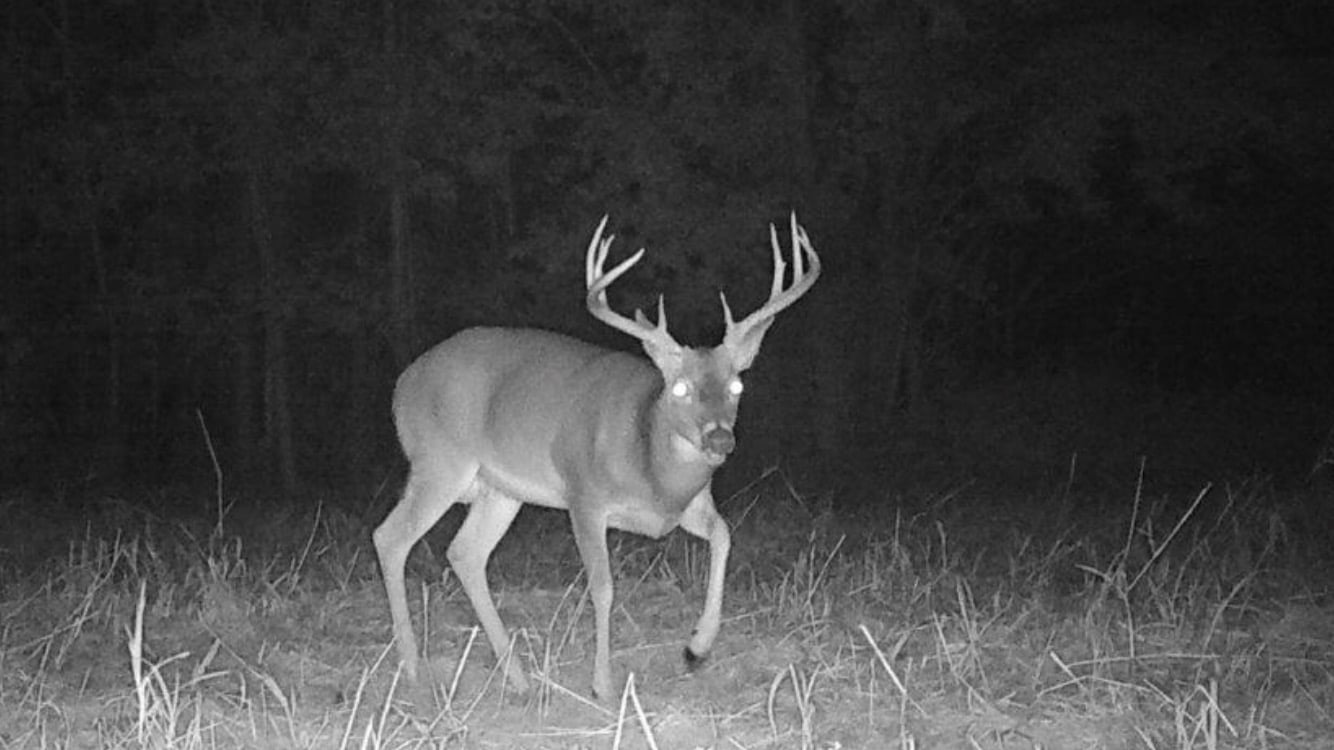The Mississippi Department of Wildlife, Fisheries, and Parks hosted an information session Thursday evening to answer the public’s questions about the disease. MDWFP personnel discussed Mississippi’s CWD Response Plan and biologists and law enforcement officials answered questions from the large crowd gathered at the Mississippi Museum of Natural Science.
On February 9th, 2018, the MDWFP was notified that a single sample collected from a white-tailed deer in Issaquena County tested positive for CWD, marking the first time the disease has ever been documented in Mississippi. The disease is caused by a malformed protein or prion and is known to affect white-tailed deer and other related animals, such as elk, moose, and reindeer. There is no known treatment for CWD, which can only be confirmed through laboratory analysis.
Upon notification of the positive sample, the MDWFP enacted the CWD Response Plan. The plan establishes management zones of 5-, 10-, and 25-miles around the point where the positive animal was collected. Among the management actions in the plan is the discontinuation of supplemental feeding of wildlife in all counties in the buffer zone. Counties impacted by the supplemental feeding ban include Issaquena, Sharkey, Yazoo, Hinds, Warren, and Claiborne.
“We had a standing room only crowd,” said William McKinley Enclosure Program Coordinator with the MDWFP. “The public is very interested in this and they are very concerned about this, as are we as a state agency. Our mission is to conserve and enhance the wildlife of this state and to engage the public and use the public in the wildlife’s management. I feel that we did that tonight. We gained information from the public and we also passed information that we know at this point, to the public. Transparency is our best weapon in fighting this disease. We need a constant interaction with the public and we need their help.”
Currently, there is a ban on supplemental feeding within the six-county buffer zone, but the MDWFP said that they are not looking to expand it right now.
During the question and answer session, hunters were able to ask the panelists questions about CWD and how they should proceed if they see a deer they believe has CWD. The panelists were Captain Chris Reed, Russ Walsh, Director of Wildlife, Dr. Paul Byers with the Department of Health and Dr. Watson with the Department of Agriculture.
- If someone sees a deer with CWD what should they do?
- If it is during hunting season, the hunter should contact the MDWFP immediately and do not dress the deer.
- If someone sees a deer with CWD and it is not hunting season, what should they do?
- If it is during hunting season, the hunter should contact MDWFP immediately because it is still unlawful to harvest the deer.
- How should the carcasses be disposed of within the buffer zone?
- Either a deep burial of 8 feet or more, burial in a certified land field, or incineration at over 900 degrees Fahrenheit for over four hours.
- How should mineral sites be terminated?
- The MDWFP asks that the hunters not add any more salt to the already existing sites and do not create any additional plots.
- How transferable is CWD to cows, sheep, other animals?
- Not very, CWD has only been transferrable to those animals in a lab setting, not in a wild environment.
- Is the meat safe to consume?
- Dr. Paul Byers with the MS Dept. of Health said that a test done with monkeys found that the meat could potentially be dangerous, however, there have been no human cases of CWD reported. Dr. Byers suggested either testing the deer before eating it, or not eating the meat if it is from an infected area.
McKinley added that there would be additional meetings across the state to talk about CWD with the public in the future.
Watch below as McKinley discusses the disease and what hunters should do if they believe a deer has CWD.
Watch The full question and answer session below:




